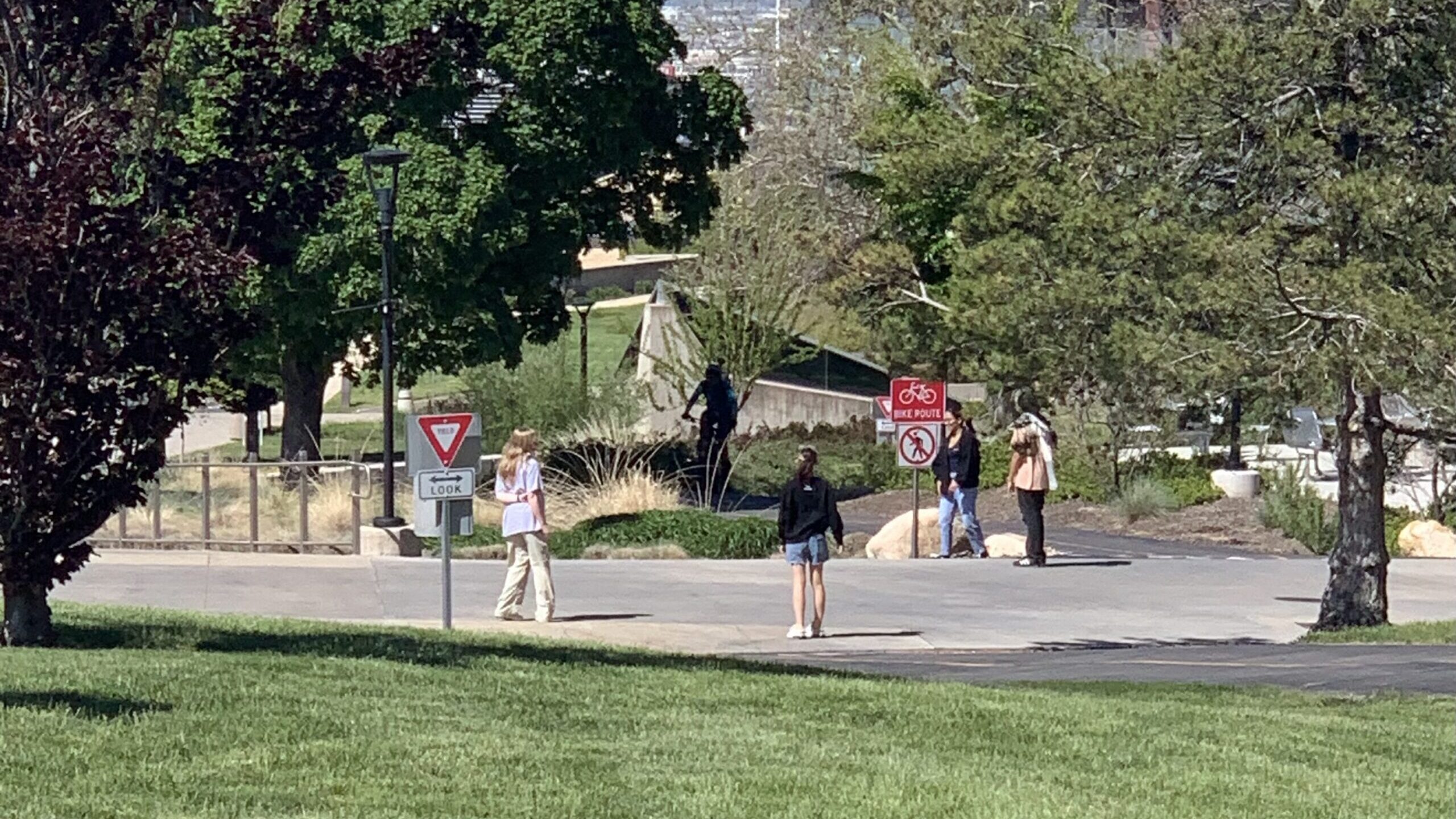Back-to-sports: student-athletes mean student injuries
Aug 15, 2023, 7:00 PM

Lone Peak High School plays Bingham High School at the high school football season opener at Lone Peak High School in Highland on Thursday, Aug. 10, 2023. Lone Peak won the game 27-7. (Megan Nielsen/Deseret News)
(Megan Nielsen/Deseret News)
SALT LAKE CITY — Back to school means back to sports. Sports mean potential injuries. Nationwide, more than 3 million student-athletes sustained injuries throughout the season.
One of the most common injuries is a concussion.
When you think about students suffering concussions, it’s easy to point to sports like football. But only 10% of reported concussions arise from football.
Some 37% of concussions among students occurred during lunch recess or physical exercise classes.
Looking beyond recess and gym class, the sports with the most injuries include football, girls’ soccer and boys’ wrestling.
But students can still suffer concussions in other sports like track and field, cheerleading and swimming.
Traci Barney, primary prevention coordinator for the Department of Health and Human Services, said the overall number of sports-related injuries is happening less often due to safety equipment and injury-prevention guidelines.
These guidelines and safety equipment are reducing more minor injuries but, in turn, making bad injuries more serious.
Barney recommends always following safety procedures, wearing helmets when necessary and being aware of a concussion’s symptoms.
Barney said it’s essential for kids to know to tell a coach or parents if they hit their head.
What can parents do?
To prevent concussions and other head injuries, wear a helmet, wear a seatbelt and talk to kids about the dangers of concussions.
But if kids do hit their heads, talk to coaches and parents. If not, “that can become very problematic because once they’ve hurt their head, if they don’t get it taken care of, they can easily hurt it again,” Barney said.
Parents should learn about concussions regardless of their child’s sport because it’s possible in any sport.
“The CDC [Center for Disease Control and Prevention] has wonderful resources for parents, coaches and kids, and it’s called the Heads Up program,” said Barney.
Certified Athletic Trainer Jessie Smith said there are ways to help prevent injuries among student-athletes.
“Proper nutrition, making sure that athletes are eating enough, it’s huge. That’s a real issue across high schools, in my experience. Making sure that they’re getting enough calories, that they’re getting good protein, good carbs, that they’re hydrating, stretching and sleeping,” said Smith.
Related:More Utah kids are getting concussions at recess than playing football













